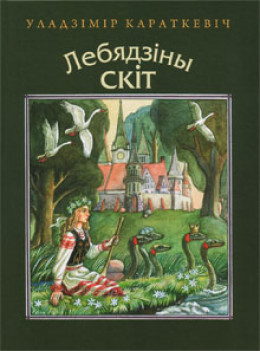
Write something about yourself. No need to be fancy, just an overview. No Archives Categories. Ustrojstvo i rabota elektrovoza vl80s uchebnik byuesplatno.
The EBRD’s Green Economy Transition approach will increase the volume of our sustainable financing and broaden its scope. The EBRD launched the Green Economy Transition (GET) approach in 2015 to put investments that bring environmental benefits at the heart of our mandate.
Preserving and improving the environment are central features of a modern, well-functioning market economy and therefore key goals of the transition process that. Building on a decade of successful green investments, the GET approach seeks to increase the volume of green financing from an average of 24 per cent of EBRD annual business investment in the 10 years up to 2016 to 40 per cent by 2020. EBRD sustainable investments mitigate and/or build resilience to the effects of climate change and other forms of environmental degradation. Expanding its initial focus on energy efficiency and renewable energy projects, the EBRD has already moved into the areas of water and materials efficiency and climate adaptation.
The GET approach further expands on this experience. • It broadens the environmental dimension.
The GET approach supports a wider range of projects that promote the sustainable use of resources and protection of natural assets - for instance, investments whose primary purpose is the prevention of pollution or remedying of damage to ecosystems. • The GET approach emphasises innovation. There is considerable potential to increase the take-up of hi-tech solutions and innovative processes with environmental benefits in the EBRD region. The GET brings suppliers of new technologies and equipment into the markets, for example through the use of technology transfer mechanisms, such as the EBRD’s • The approach makes selective use of public delivery channels to maximise impact. Recognising the large scope for investments with environmental benefits in the public sector, for instance in public buildings, the GET will use a broad range of financing channels and capacity-building tools to support innovative public ventures, while maintaining the EBRD’s overall private sector focus.
The GET uses the full range of the EBRD’s financial instruments, including direct EBRD financing and syndication in the form of private, non-sovereign and sovereign guaranteed loans, direct equity, equity funds and (GEFFs). The approach builds on a tried and tested business model of combining investments with technical assistance and policy dialogue. Technical assistance can include market analysis and resource audits as well as training and awareness-raising. As part of its policy dialogue activities, the EBRD works with governments to support the development of strong institutional and regulatory frameworks, a prerequisite for sustainable investments.

Overview Uladzimir Siamionavich KARATKEVICH, a classic writer of Belarusian literature, a poet, prose writer, playwright, script writer, publicist, translator. He was born 26 November 1930 in the town of Orsha, Vitebsk region, Belarus. His father, Siamion Tsimafeevich (1887-1959), finished a vocational school in Orsha, earned a living at a young age, worked in the treasury area, was a clerk in the tsarist army, and after the October Revolution served in the finance institutions. His mother, Nadzeia Vasileuna (1893-1977), nee Grynkevich (among her relatives were clergymen, clerks, teachers), after completing the Mariinsky high school in Mogilev taught for a time in school and then was a housewife.
The family had three children: son Valery (1918-1941), daughter Natallia (1922-2003), and son Uladzimir. The family was noted for high intelligence. In the words of Karatkevich himself, in childhood he was in many ways influenced by his relatives. He was greatly affected by his maternal grandfather, Vasil Yullianavich Grynkevich (1861-1945), a man of rich experience, a witty story-teller, from whom his grandson Valodzia heard many tales and folk legends and learned to love nature.
'The nature phenomena still interest me more than some of the books', admitted Uladzimir Karatkevich in a mature age. The family had a home library. Valodzia learned to read at the age of three and a half and wrote his first verse, according to his relatives, at the age of six.
In childhood his talents manifested in a passion for painting that he pursued his whole life and that he had an absolute pitch for music; for a short time he studied in a music school. In 1938, Valodzia entered a school in Orsha. On completing the third year in summer 1941, he went to Moscow to visit his elder sister Natallia, who studied there in a college of chemical technology. Then the Great Patriotic War began and Valodzia could not return home. Together with other Moscow children he was evacuated into the Riazan region and then Molotov (Perm) region in the Urals. He made several attempts to run to the front. Later he knew that his parents managed to evacuate and lived in the town of Chkalov (Orenburg) in Russia.